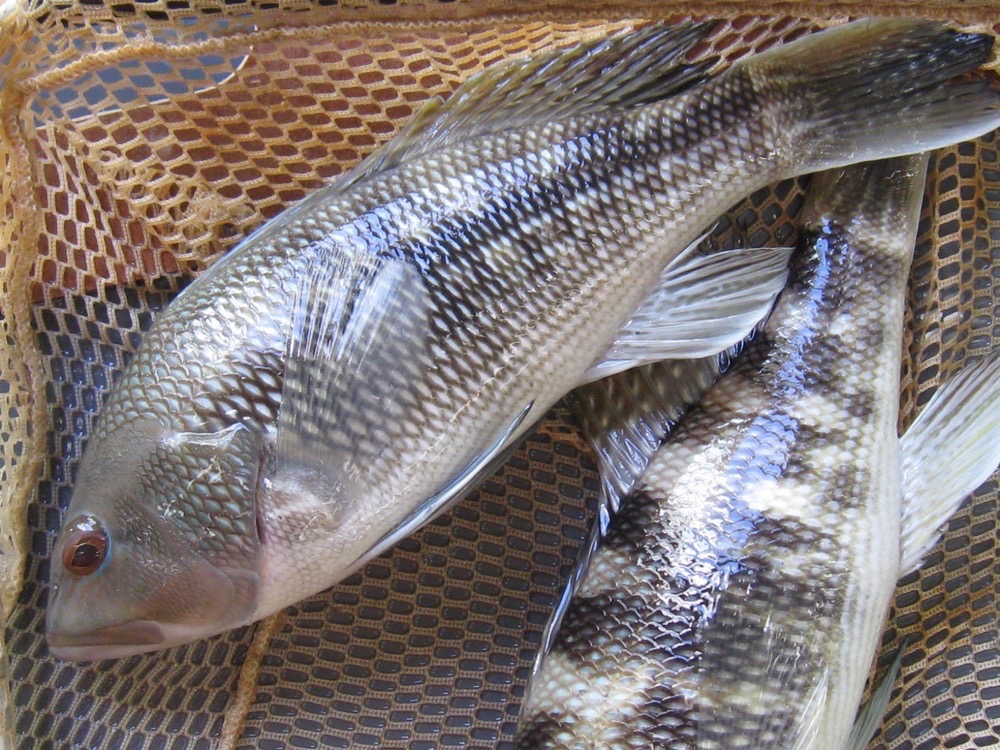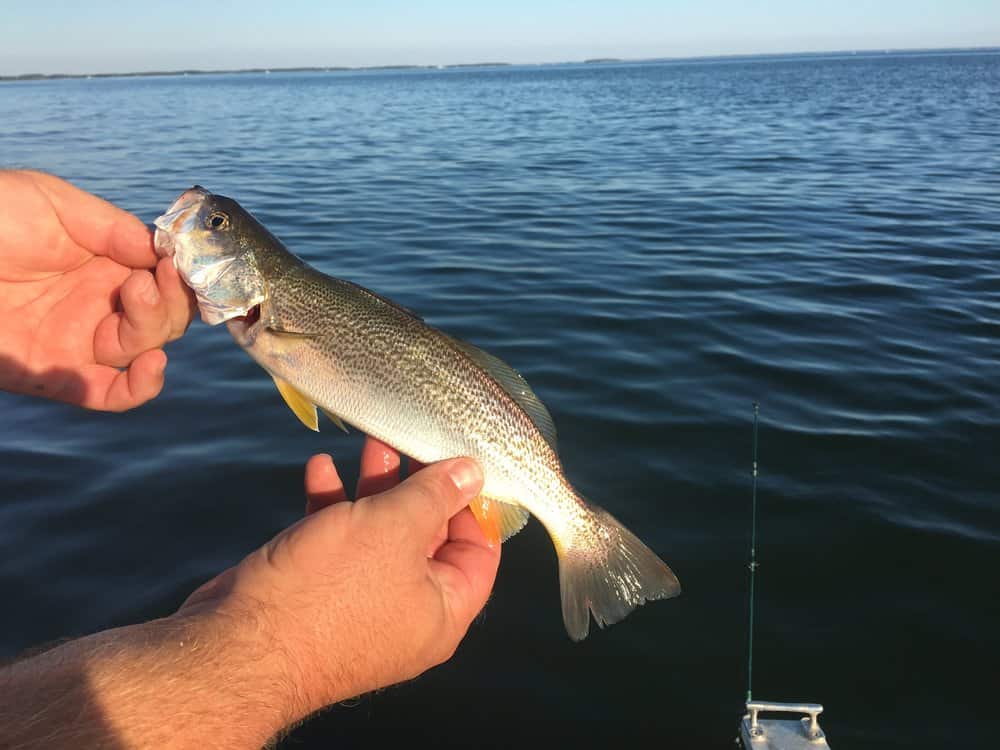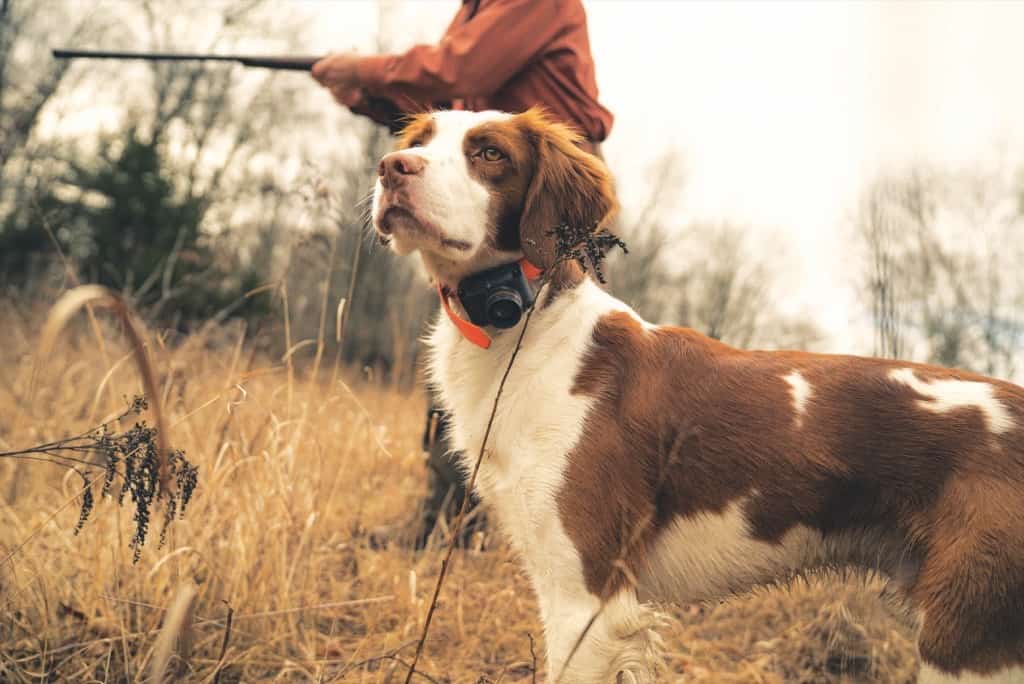Find a bit of serenity and something delicious through bottom fishing
Who doesn’t need a break from this world of storms, both natural and tweeted? I suggest you hit the pause button on the run-and-gun style that’s become light-tackle jigging. Stow your trolling rods for a spell; set down the chum ladle; forget trying to break the national plug-casting distance record, and go bottom fishing—by which I mean, going for species that swim or settle near or on the Bay’s floor such as flounder, Atlantic croaker (hardheads), white perch, black drum, black sea bass, catfish, hogchokers, and so on.
One of the great things about the Chesapeake Bay is there is no shortage of places to drop a line all the way down off a pier, from shore, from a bridge, or a skiff, dingy, paddleboard, canoe, or kayak. Who knows how many personal-best fish, and probably a few state records, have been set by folks plunking down bloodworms to while away the hours?
Not so many years ago, while fishing near the mouth of the Choptank River alongside a fleet of charter boats, we quickly caught our rockfish limit. When the tide started to run, a small school of bluefish busted a school of baitfish nearby, taunting us to catch a handful for the smoker. We obliged. The summer sun began to fall in the western sky, creating a mosaic of porcelain blue. There was time left to fish, so we did what any self-respecting angling generalist should do: We anchored over a small live oyster reef and dropped cut bloodworms and peeler crabs onto the bottom to see what might be there. As dusk settled in, the bite turned on, and we reeled in white perch while hovering in a state of blissful suspension.
The best bottom fishing in the Bay is over live-bottom areas, for which the Chesapeake is famous. These are places where oysters grow and maintain an active ecosystem of interdependent critters. Here, bottom fish can hide, rest, and feed in favorable water conditions continuously filtered and oxygenized by the oysters and their neighbors.
Locating a good patch of live bottom means the difference between catching and wondering what you’re doing wrong. A good place to start is with the famous ADC Chesapeake Bay Chartbook which outlines and identifies the Bay’s traditional fishing hot-spots; it’s currently out of print, but worth picking up a used copy if you can find it. Most of these locations are centered on historical oyster reefs.
If there are boats on your spot when you arrive, be courteous and setup where you won’t crowd them. If you come up empty but your neighbor is catching, make a strategic shift, or strike out for another likely place.
Maryland’s part of the Bay is full of good bottom-fishing places. Above the Bay Bridges, Podicory Point, Snake Reef, and Belvidere Shoal draw anglers in the know. Meaty catfish have become prevalent here in the past couple of years. If you run out of Annapolis, then certainly you’ve wet a line at famous white perch haunts—Hacketts, Tolley, and Thomas Point bars. Across the Bay, the Chester, Eastern Bay (Hollicutts Noose Bar), and lower Choptank hold fish. Further south, Holland Point Bar and Cedar Point get their share of the action, and Tangier Sound and Potomac River have numerous places to go bottom fishing.
At the risk of insulting my native state of Maryland, Virginia waters not only hold ample bottom-fishing spots, but more gamefish diversity. The Chesapeake Bay Bridge Tunnel is the largest man-made fishing structure on the mid-Atlantic coast. Go there.
Virginia hotspots such as the Spike, Butler’s Hole and the Silos are worth a try, if you can find them. They are not in the Chesapeake Chartbook. On Virginia’s western shore consider fishing off of Windmill Point, the Hole in the Wall just south of Gwynn’s Island, and the York Spit. On the other side of the Bay, try the Cabbage Patch or Cherry Stone.
Unless you’re targeting big fish such as black drum, a six- to seven-foot, medium-fast action rod matched to a 2500- or 3000-sized reel loaded with 10- to 12-pound test mono is a good outfit for bottom fishing. Braided Spectra (high molecular weight polyethylene fiber) line such as PowerPro and Spiderwire is low-stretch and more sensitive than mono, which allows you to better feel the strike, but if you have kids or novices on board, braid can be much more hassle than it’s worth. It’s slippery and finicky about knots, and it’s so fine that it can slice skin. It can easily foul into impossible bird’s-nest tangles. Keep it simple with plain old nylon monofilament line.
The kind of bait you use depends on the kind of fish you’re after. Spot love bloodworms. For catfish, pieces of menhaden or chicken liver works well. Nightcrawlers, clams, soft or peeler crabs, squid, grass shrimp, and regular shrimp will catch a variety of species. Artificially flavored baits such as Gulp and FishBites can bring strikes, but not as well as fresh natural bait.
The essential “top/bottom” or “high-low” bottom fishing rig is simply a two- to three-foot leader with a heavy two-ounce or bigger bank-sinker tied to the end, above which are tied two eight-inch tag lines with sharp hooks to hold your bait and catch your fish. They are easy to make and even easier to buy at any tackle shop.
Bottom fishing is certainly on the tame side of Wild Chesapeake options. It doesn’t take a whole lot of effort or gear, and that’s the point. There is a serenity that comes with anchoring up, setting a rod in the holder, and kicking back as the world spins. You never know what you’re going to catch.




